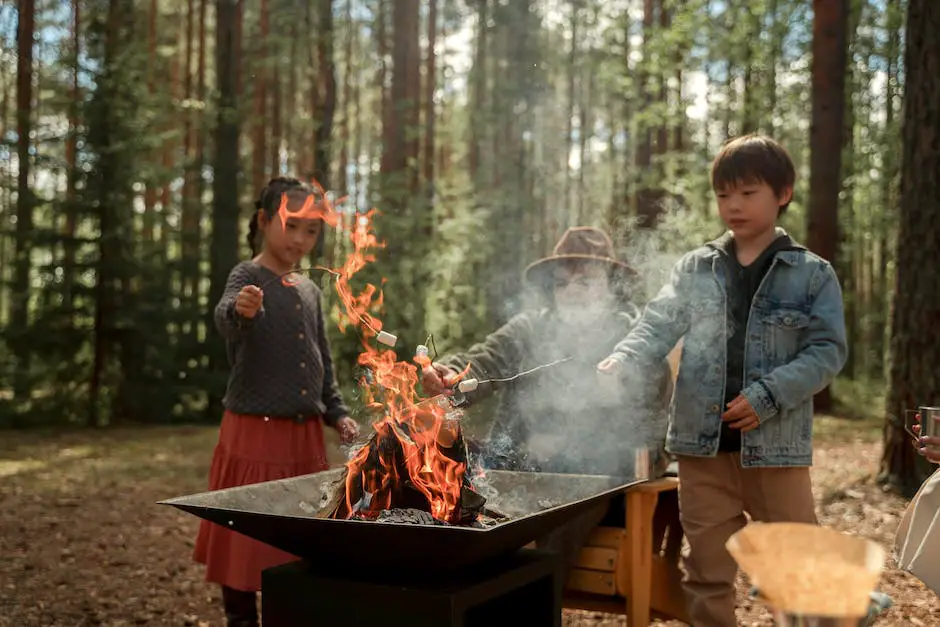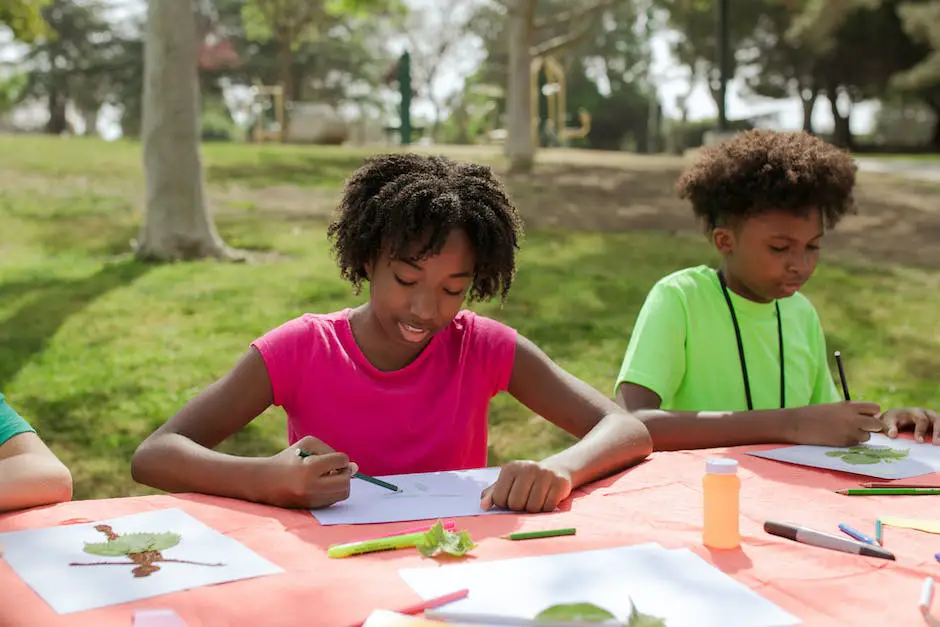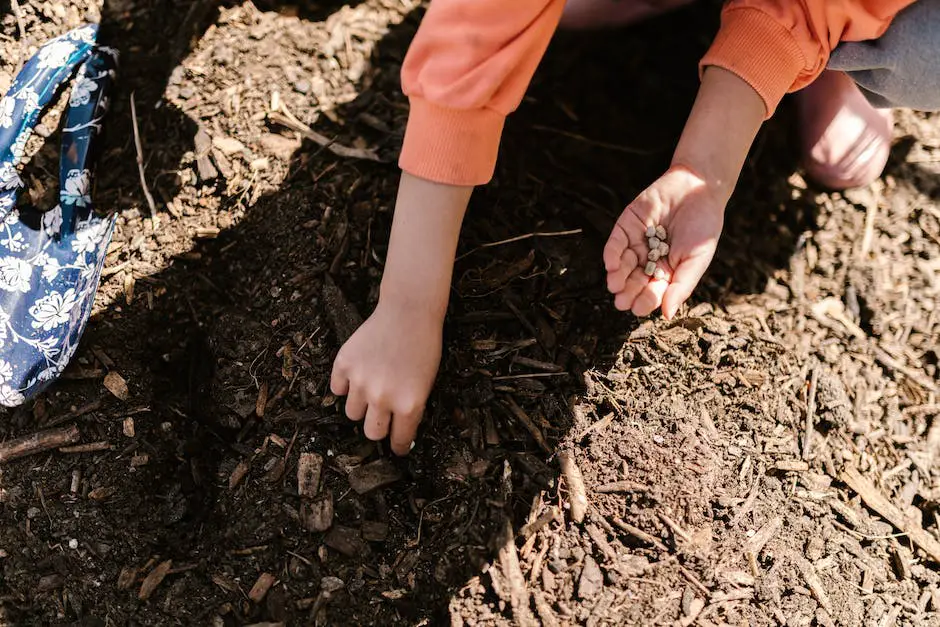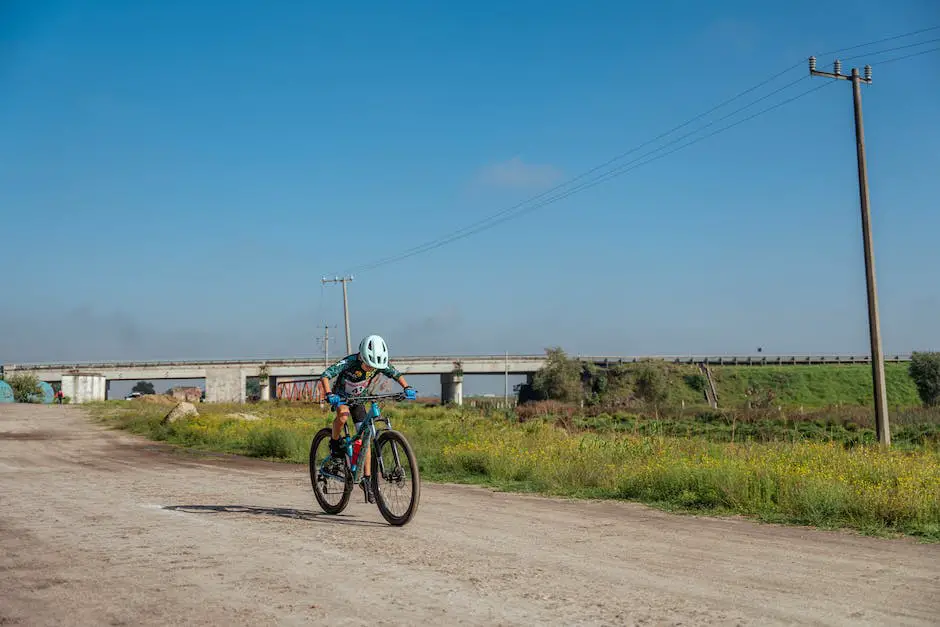It’s a parent’s joy to see their children explore, learn, and enjoy the great outdoors. Encouraging your little ones to engage in outdoor activities can provide a wealth of cognitive, emotional, and physical benefits. Whether it’s a nature scavenger hunt, backyard camping, outdoor painting, gardening, or organizing a bike parade, there’s a myriad of fun-filled activities that can boost their creativity, promote physical health, and foster a connection with nature. This guide presents a range of exciting outdoor activities that will not just entertain your children, but also help in their holistic development.
Nature Scavenger Hunt
Explore Nature with a Scavenger Hunt
A nature scavenger hunt can turn a leisurely outdoor walk into a thrilling adventure for any curious child. This activity requires a list of items for the kids to find. The list could include simple items such as a leaf, a rock, or a flower. For older children or to add more of a challenge, consider listing a bird feather, an acorn, a pinecone, or a type of bug.
Enhance Kids’ Nature Awareness
Not only does a nature scavenger hunt promote fun, but it also provides a unique opportunity to boost children’s awareness of the environment. It encourages the young enthusiasts to be observant and alert to the world around them. They may notice plants, animals, or rocks that they had never realized existed right in their own backyard or local park.
Teach Identification Skills through Outdoor Fun
In addition, such an outdoor activity can enhance their identification skills. With repeated games, kids will learn to recognize different types of leaves, flowers, or seeds. They might become fascinated by the varieties of bird feathers or intrigued by the multitude of stones they find.
Healthy Activity with Educational Benefits
Amplifying its significance, a nature scavenger hunt also aids in ensuring that the young ones remain physically active while engaging their problem-solving skills. In the era of consistent screen time, taking a break to interact with nature in a fun and educational way is not just a win-win but a blessing.
So, the next time you plan to stroll in the outdoors with your kids, turn it into a fun-filled exploration with a nature scavenger hunt. It’s a simple yet educational activity that can help them connect better with nature and create lasting memories.

Backyard Camping
Backyard Camping: A Wilderness Experience from Home
Camping doesn’t always require a drive to the distant wilderness. Setting up a tent in your backyard can offer an exciting and educational experience for kids of all ages, acting as an introduction to the world of camping. From roasting marshmallows in a bonfire (safety first, with adult supervision) to sharing fun campfire stories; these activities can teach kids valuable skills while sparking their love for the outdoors.
Star-spotting in Your Backyard
In the silence of the night in a backyard camp, kids get an opportunity to stargaze. The Milky Way, constellations, shooting stars, and even planets might be visible from your backyard on a clear night. This can also be a useful way to introduce kids to basic astronomy and the wonders of the universe, all from the safety and convenience of home. Make sure to have some warm blankets to sit on and wrap around when the temperature drops.
The Comfort of Camping Near Home
One of the most significant advantages of backyard camping is the access to home comforts. If the weather takes a turn for the worse or a bathroom break is needed, the house’s amenities are just a few steps away. At the same time, your kids are learning to adapt to a different sleeping environment, which lays a solid foundation should you decide to camp in the wild in the future.
Crafting Lifelong Memories with Backyard Camping
The adventures, fun, and laughter experienced during an evening of backyard camping can create lasting memories and family traditions. Capturing these moments in pictures and videos can provide a wonderful treasure trove of family memories to look back on.
Lessons Learned from the Great Outdoors
Backyard camping will it to be an adventure, opening up a whole new world of excitement and challenges. It not only gives children a break from digital screens but also helps them appreciate and learn more about nature. It’s an opportunity to teach them about local wildlife, the importance of respecting nature, and the basic camping etiquette of “leaving no trace.”
Getting Creative with Backyard Camping
Introducing a theme to your backyard camping can make it more exciting. For instance, a mystery night, where the children solve riddles around the house and yard, a backyard wildlife safari, or a science night with fun experiments. Customizing the camping night as per your child’s interests can make it more engaging and enjoyable.

Outdoor Art
Bring Your Art Outdoors
Harnessing the budding creativity of your young artist often begins with a change of scenery, which is why taking the art studio outdoors can be a fantastic exploration. Going beyond the comfort of a sketchpad and table can make your child embrace the richness and beauty that nature can provide.
Sketching a park, painting a landscape, or capturing the exquisite colors of a sunset can provide unprecedented experiences that just can’t be replicated indoors. Providing your child with this sort of artistic experience will not only foster their interest in art but it will also strengthen their observational skills.
Use Natural Elements in Your Art Projects
Incorporating natural materials such as leaves, twigs, or flowers into art projects can further deepen your child’s appreciation of nature and imprint the concept of recycling and resourcefulness. These naturally sourced tools add unique textures and layers to their masterpieces, thus refining their craftsmanship.
An imprint of a leaf onto clay or using twigs as brushes can be a way to introduce them to the myriad of forms and structures found outdoors. This will also instigate their curiosity about nature and its endless bounty of resources.
Nurture Creativity with the Beauty of Nature
Being outdoors, with its ever-changing scenes from dawn to dusk, can also have a marvelous impact on their creative expressions. Observing a flower blooming, a bird bustling in its nest, or simple shifts in weather patterns can create compelling narratives that can be captured in their art pieces.
So go ahead, pack up those crayons, washable paints, colored chalks, and sketchbooks in a backpack! Turn your backyard, local park, or even a sunny beach into your child’s new art space. Art, when intertwined with the outdoors, can offer vast horizons for a young artist to showcase their talent, develop skills, and build a lasting relationship with nature.

Gardening
Planting Seeds and Watching Them Grow
Teaching children to plant a seed and watch it grow into a plant can be an immensely rewarding experience. This activity can be done indoors or outdoors, and at any time of year with the right kind of seeds. You could start indoors in a flower pot or take them outside to a garden patch, where they can learn about different plants, vegetables, and flowers that can grow in their backyard.
Teach about the Cycle of Life and Responsibility
Gardening is an excellent way to introduce children to the life cycle of plants. Explain how seeds turn into plants, which subsequently produce seeds again. This simple yet profound lesson can translate into bigger life lessons about growth, change, and rebirth. Ensuring that watering and caring for the plants become daily responsibilities can also instill a sense of responsibility and discipline in your young ones.
Understanding The Ecosystem
Through gardening, you can help your child understand our ecosystem better. They can learn why bees and butterflies are attracted to certain flowers and the role they play in pollination. You can also teach them about how the different seasons affect plant life and the importance of composting – turning waste into very useful fertilizer.
Creating a Mini Vegetable Garden
Nothing will give your kids more joy and a sense of pride than growing their own vegetables. It’s an effective way of teaching them patience, as they will need to wait for their crop to grow and mature. They’ll also learn the value of hard work and can even help prepare meals with their grown produce, learning about health and nutrition in the process.
Hands-On Science Lessons
Gardening is also a great hands-on science lesson. There are so many things that kids can learn, from the soil composition and how it changes if you add sand, peat, or compost, to understanding the effects of sunlight and water on plant growth.
Foster a Love for Nature
Above all, spending time in nature and gardening can foster a lifelong love for the environment in kids. It will help them understand the importance of trees and plants in our life, making them more conscious about protecting our planet. And who knows, it may even spark the desire in them to become marine biologists, botanists, or environmental scientists.

Bike Parade
Bike Parade: A Joyful Journey on Wheels
A neighborhood bike parade garners the energy of community spirit, serving as a fantastic platform for children to socialize, explore their creativity, and most significantly, engage in outdoor physical activity. With a bike as their canvas, children can deck them out with ribbons, balloons, streamers, and even hand-painted art. Offering a treasury of decoration materials will foster their creativity and innovation, while guiding them to decorate their bikes will enhance their problem-solving abilities.
Safety First!
While the focus of the event is fun, safety should always be the priority. Ensure all participating kids are equipped with helmets and that they understand the importance of wearing them throughout the ride. Other protective gear, such as knee and elbow pads, can also be useful, especially for novice riders. Furthermore, designate a safe route for the parade, possibly in a park, school grounds, or a quiet street with little-to-no traffic.
Community Engagement
This is one event where the whole neighborhood can come together and participate, adding to the grandeur of the bike parade. The adults can cheer on from the sides and even help in organizing the event. Assigning tasks such as overseeing decoration stations, managing the flow of the parade, and ensuring the safety of the event can facilitate smoother execution.
Creating Memories
The bike parade can be a unique event that children would remember fondly years down the line. It offers a platform wherein they explore their creativity in an open environment, learn about the importance of safety, and make new friends from the neighborhood. And who knows, this could become a much-awaited, annual event and a cherished tradition!

All in all, outdoor activities provide an excellent platform for kids to learn, grow and have fun. These activities are more than just ways to pass the time; they are experiences that can impart valuable life lessons, help them appreciate nature, and encourage a sense of community. While we encourage the spirit of adventure and exploration, safety should always be a priority. So next time when your kids say they’re bored, surprise them with a nature scavenger hunt or a backyard camping trip, spark their creativity with outdoor art, let them get their hands dirty with gardening, or arrange a fun and safe bike parade.
Writio: Your ultimate AI content writer. This article was crafted by Writio





